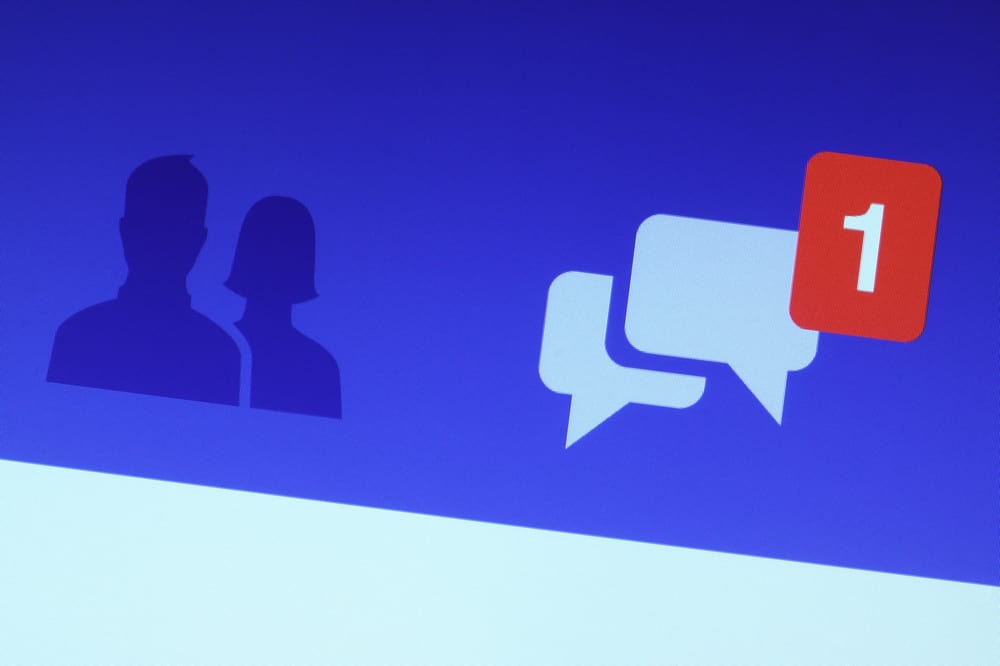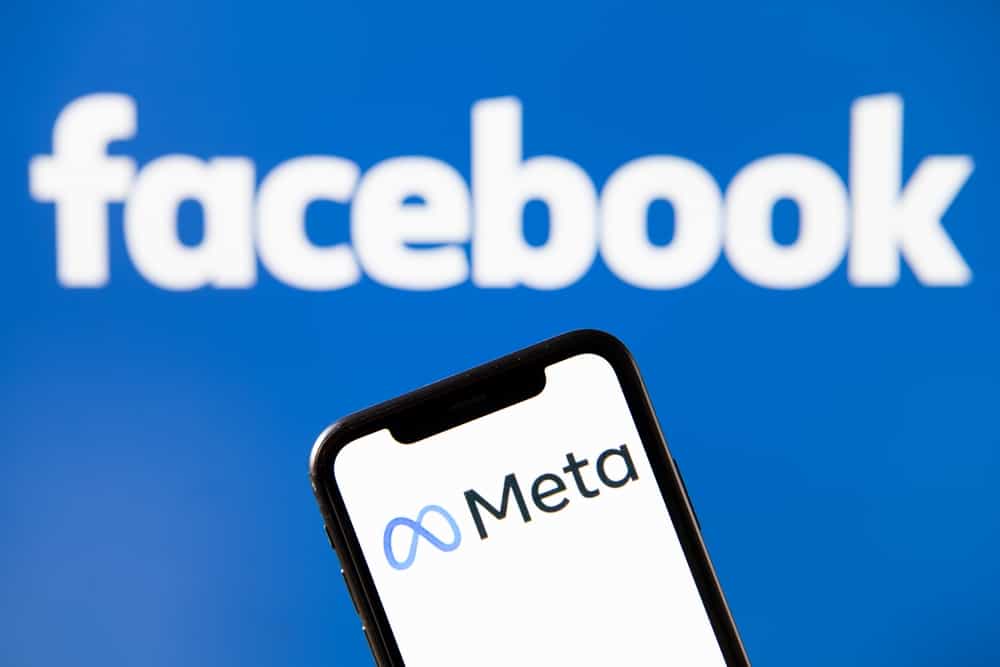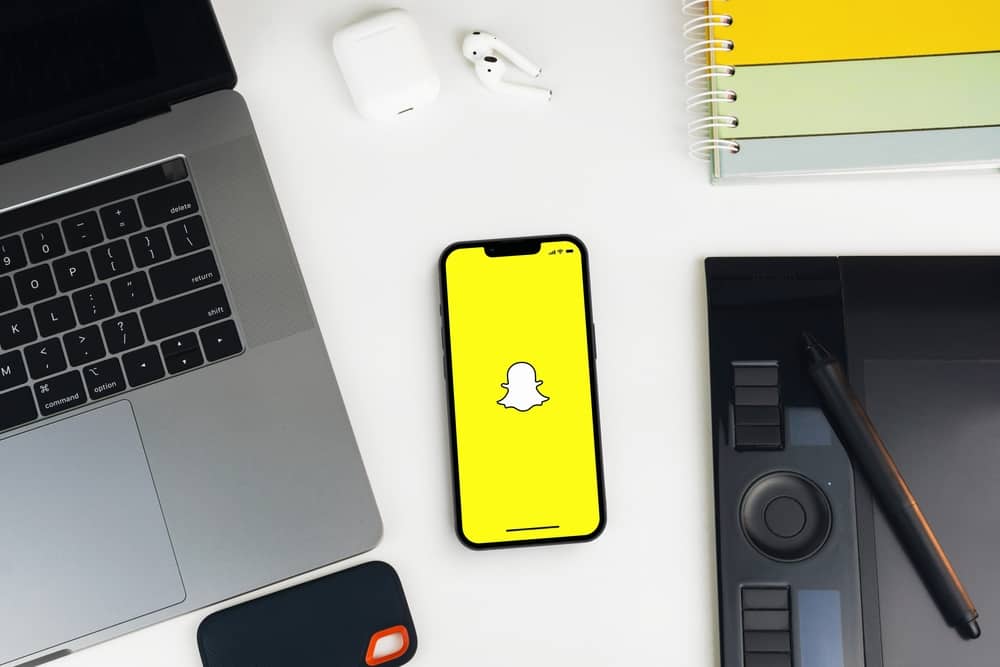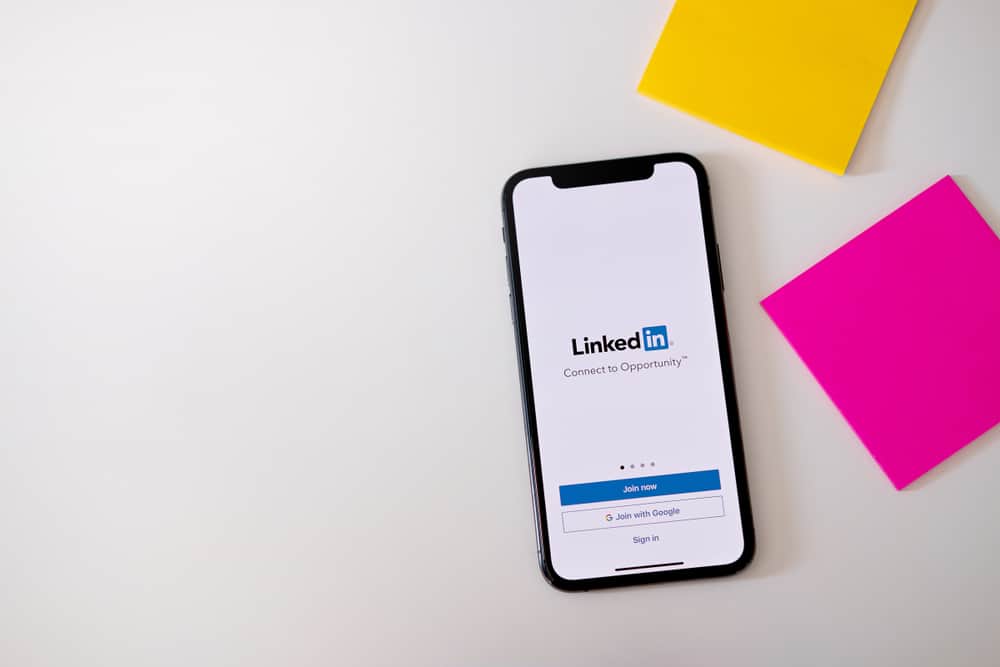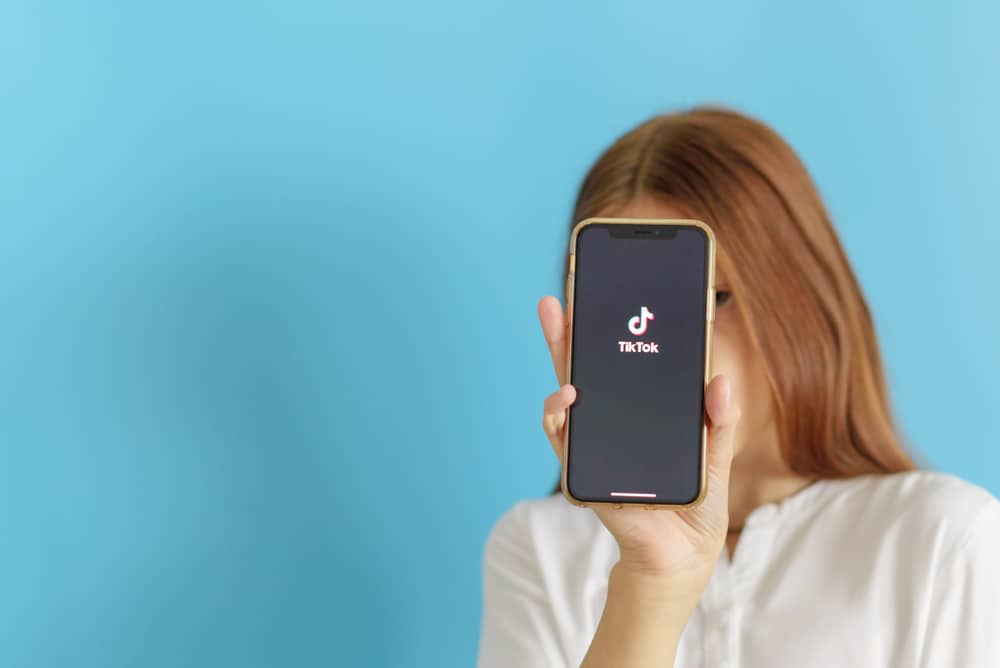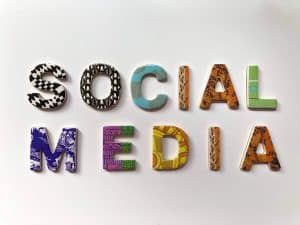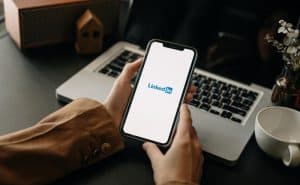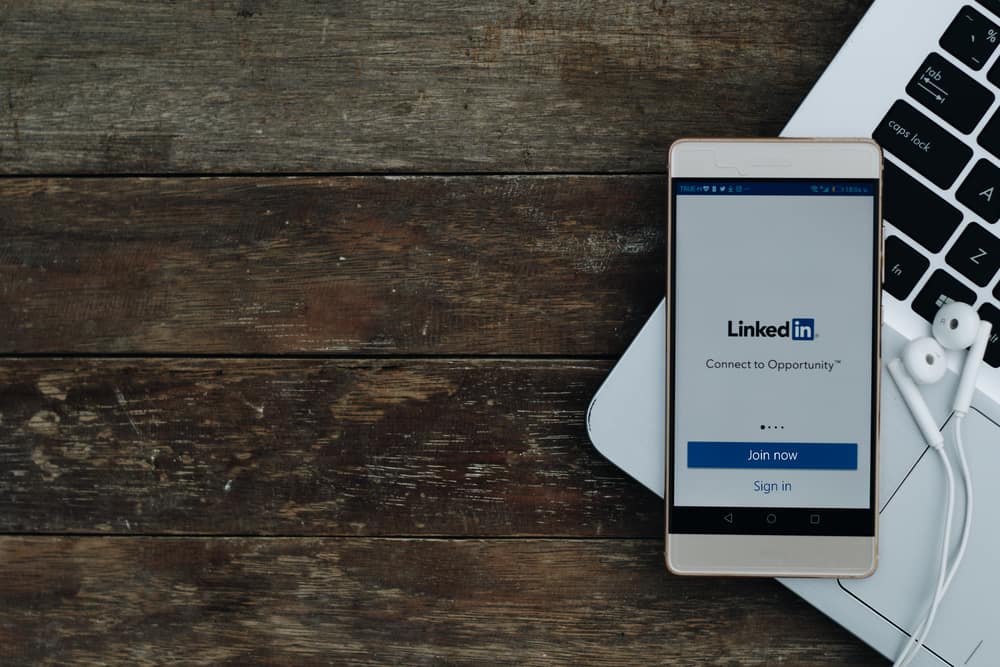
Launched in May 2003, LinkedIn aims to enable professionals to connect and build their networks for career development. Over the years, the platform has allowed job seekers to find jobs that fit their skills and recruiters the right person for the job.
The platform has 810 million members in more than 200 countries. This number comes with wider opportunities for everyone to connect and build their networks to reap more benefits.
Not only does your LinkedIn network helps you land better job opportunities, but it also enables you to promote your brand and generate leads. Networking is the key, and your LinkedIn connections create your network.
LinkedIn connections are LinkedIn terms for friends, so it’s a two-way relationship. When you send a request to someone to connect with them, you give them an invitation to become part of your network.
When you connect with other people, you both can see each other posts and other updates on your homepages. LinkedIn connections are imperative as these enhance your credibility, visibility, and network to promote your brand or business.
Keep reading to learn more about LinkedIn connections and how they can benefit you in your professional journey.
Overview of Connections on LinkedIn
If you are new to the LinkedIn world and wonder what these connections numbers you see on everybody’s profiles mean, then let me explain it in simple words.
Before we move forward, you need to understand one thing, LinkedIn aims to enable you to expand your social network to catch more professional opportunities.
Forming a connection with professionals on LinkedIn is one way to do it. Your connections are the LinkedIn members that are connected or rather have built a relationship with you and you with them (like your Facebook friends).
Your connections build your network. In the words of LinkedIn, these connections show that these people know and trust you. It is a two-way relationship, so when you send a request to someone to connect after they accept, they become part of your connections, and you theirs.
So, if you have more connections, it means more people trust you. It enhances your credibility, which is imperative for a recruiter stumbling upon your profile.
When someone connects with you, you can see each other’s content, shares, and other updates on your homepages. Besides, you can also send messages to your 1st-degree connections.
How To Connect With Someone On LinkedIn
You can connect with someone by sending a request to them.
When you open any profile, you see a “More” button on their profile page. Click on it to unlock the “Connect” option. It will open a pop-up where you can write a personal message explaining why you want to connect with them.
Click on “Send” to send your invitation. If they accept, you will become part of each other’s connections.
If you see the “Follow” button on anybody’s profile page, clicking on it will make you their followers, not a connection.
Please note, Following are different than connections. When you follow someone on LinkedIn, you can see their posts on your news feed, but they cannot see yours.
Different Degrees of Connections on LinkedIn
To understand this, let’s take an example.
If a person named Dave is in my connections, then he is my 1st-degree connection. So, when I connect with Dave, he becomes part of my network.
Now, imagine that Dave has around 2000 followers, and he and I have only 60 mutual connections. The rest 1940 people in his network are my 2nd-degree connections.
Similarly, 3rd-degree connections are all those people my 2nd-degree connections have in their network.
Currently, these 2nd and 3rd-degree connections are not part of my network. If you connect with them, they become part of your network, your network grows, and you get more 2nd and 3rd-degree connections in your extended network.
Imagine the pool of people around you to connect with and build your relationship. The more you connect with people, the more your personal and extended network grows and hence helps you to improve your visibility and growth opportunities.
Why Having More Connection Is Important For Your Growth
If you are my OG reader, you probably must have heard me saying on multiple accounts to be cautious on social media. Do not get too friendly or cozy with every stranger.
On LinkedIn, however, I will make an exception and urge you to make as many friends (connections) as possible. It is imperative for your visibility and professional growth.
Your connections build your network. It enhances your visibility by increasing your profile’s views. More views on your profile will increase your reach, attract newer connections, and help you get more job and business opportunities.
If you have more connections, then the prospects of you appearing on a recruiter’s search results are even higher. Your visibility in your industry also increases. You can eventually have more people follow you if you become more popular.
Bill Gates is the most popular LinkedIn person/influencer with 35 million followers.
If you have a business or personal brand, having more connections with people who compose your target market can generate more leads for your business.
Another benefit of a broader network on LinkedIn is that you have more people to endorse your skills. Skills endorsement on LinkedIn will help you stand out in front of recruiters who will find you more credible than others with skills endorsed by others, especially industry leaders.
LinkedIn does not allow people to extend their connections beyond 30,000 connections.
The Bottom Line
So, with all learned, I think it is safe to say that success on LinkedIn depends on how able you are to connect with people. When you connect with people, you create your personal and extended network. You create a two-relationship with them.
So, it is wise to invest your efforts in expanding your network. Your connections are highly imperative for your growth as your visibility increases when more and more people connect with you.
When you reach more people, you can get more opportunities to grow your brand, job opportunities, or generate leads for your business.
